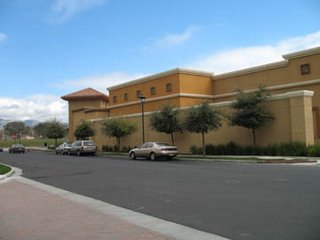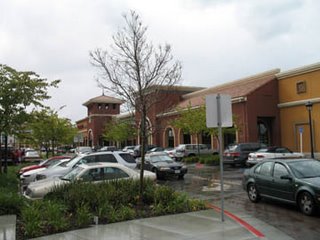DIA: Why not Green?
Today, my family and myself traveled to Denver to DIA to pick up my mother-in-law. Generally, I like DIA. I think it is a gorgeous and functional airport, at least as far as airports go. Today though, I started thinking about ways that DIA can become more sustainable…especially in light of the recent Greenprint Denver that Mayor Hickenlooper recently outlined. I do have some ideas, and here they are!
First, for the life of me, I can’t figure out why they didn’t build light rail out to DIA when they built the place. It just seems to me, that would have been a smart thing to do, and would have saved many miles of travel by car. I do know, that the idea was floated originally, but light rail met a political roadblock, which is why it ends in five points today. Don’t get me wrong, I think five points is a great neighborhood, but ending the light rail line there, rather than continuing it on to Stapleton and DIA was a fifty year mistake. Now they are looking at building a train line to DIA. While that is better than nothing, I think light rail makes more sense. It is more flexible, and you can take it into neighborhoods where people live and build stations there.
Second, I would think that DIA uses a tremendous amount of electricity. With all those wide open spaces, why not put up some wind turbines? I think those would look very cool on the drive up to the terminal, right before the DIA sign? I also know, there are plenty of other places they can be put that are out of the flight patterns. Make it a part of the landscape, and put them up front where people can see them! The second option would be to install Photoveltic systems!
Third, where the old toll collectors where, there is still an awful lot of pavement where all the lanes used to be. Rip all this up, save some solar heat gain, and also provide less stormwater runoff!
Fourth and final, at least for now, Are the parking lots and general landscaping. I think it is a shame, that when DIA went over budget, landscaping was the first thing to go. Since then, they have installed some, but overall, the landscaping leaves much to be desired. This is supposed to be a world class facility, so it should look like one on the outside, as well as the inside! I do appreciate how they have designed the landscaping to work with the ecosystem, and it is very sustainable and xeric, but there could be more of it. There also needs to be more shade, particulalry in the outlying lots! And more shade where people walk to and from those lots. I have had to make plenty of flights where I was running late, had to park in the hinterlands, and then make a beeline to the terminal. And was it hot! There needs to be some shade, whether it be from trees, or some other kind of structure.
Anyway, those are my ideas for now, any others?









